Milan, Italy
Milan, Italy
A timeless fusion of heritage and innovation
Milan is Italy’s bustling metropolis and global capital of fashion and design: it offers teachers a captivating blend of cultural richness and modern innovation! Renowned for its historic landmarks such as the stunning Gothic cathedral, the Duomo, and Leonardo da Vinci’s masterpiece, The Last Supper, Milan is not only steeped in artistic legacy but also serves as a vibrant hub for international business and finance.
Milan caters to diverse tastes and interests, making it an ideal destination for teachers seeking inspiration and cultural enrichment. Discover the essence of Italian elegance and creativity in this remarkable city where tradition meets the future!
Please, read our guide about how to get in and around Milan.
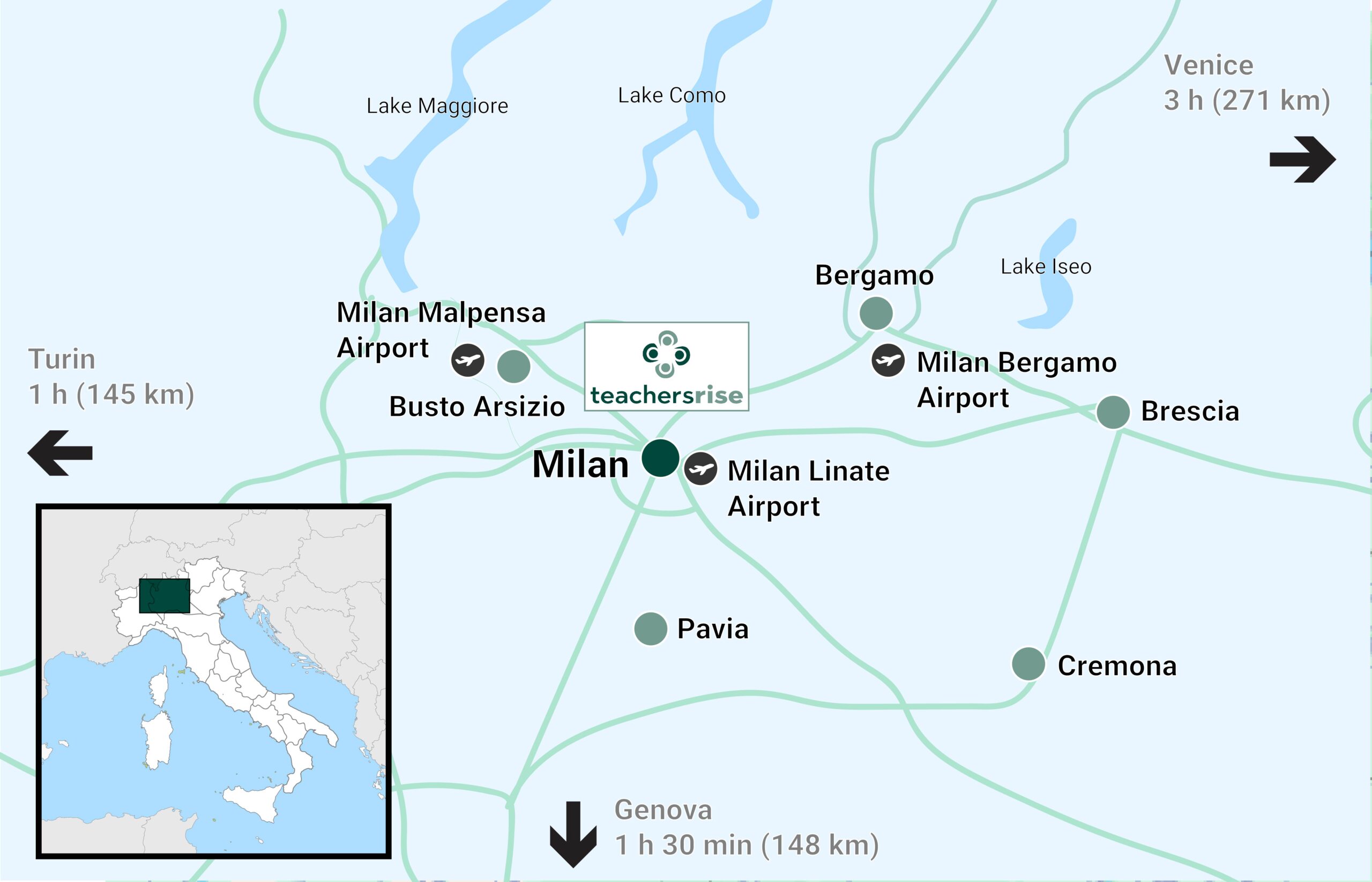
10 Reasons to visit Milan
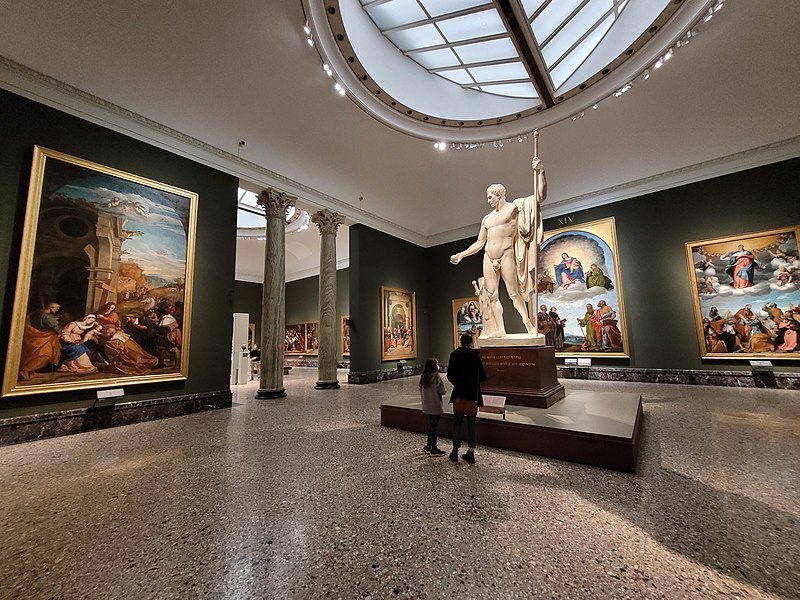
1. Art and Culture
Milan is a treasure of cultural heritage, from the iconic Duomo di Milano and Leonardo da Vinci’s “The Last Supper” to modern art exhibits at the Triennale. This rich cultural backdrop can provide an immersive experience for art and history enthusiasts alike. The city is home to numerous museums, such as the Pinacoteca di Brera, which houses an impressive collection of Italian Renaissance art, and the Museo del Novecento, showcasing 20th-century masterpieces. Fondazione Giangiacomo Feltrinelli, one of Europe’s key centers for contemporary history research, is ideal for teachers seeking to connect with international scholarship and discussions on social justice, democracy, and equality. Another not to miss experience is a visit to Teatro La Scala di Milano that is regarded as one of the leading opera and ballet theatres globally.
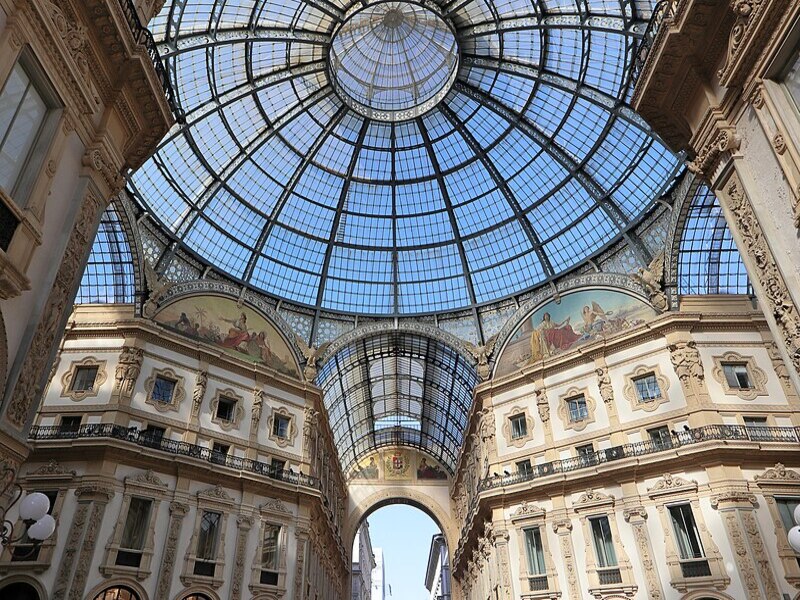
2. The capital of fashion
Milan is renowned for its vibrant fashion scene, epitomised by the biannual Milan fashion week, which solidifies its status as a global fashion capital. The city boasts a plethora of shops and department stores, but the most impressive is undoubtedly the Galleria Vittorio Emanuele II. This magnificent gallery, with its golden hues and soaring ceilings, is one of the world’s oldest shopping malls. It combines luxury shopping with architectural grandeur, offering a unique blend of retail and culture.
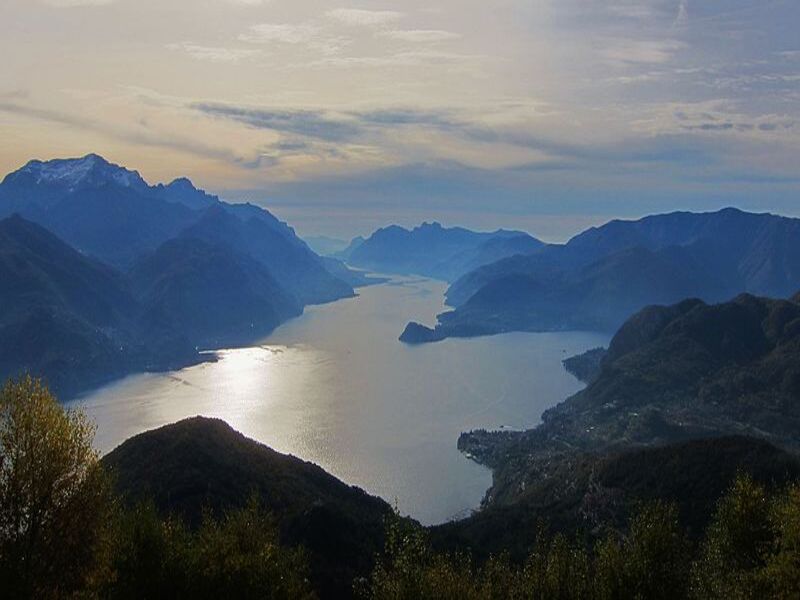
3. Beautiful surroundings
Milan’s blend of historic and modern architecture, along with its proximity to beautiful natural landscapes like Lake Como and the Alps, offers a serene environment for relaxation and inspiration. These surroundings can provide a refreshing break from the intensity of coursework and it is the perfect gateway to explore other parts of Italy. Milan is well connected with its surroundings and all the major cities of Italy like Turin, Florence and Rome both by train and bus.
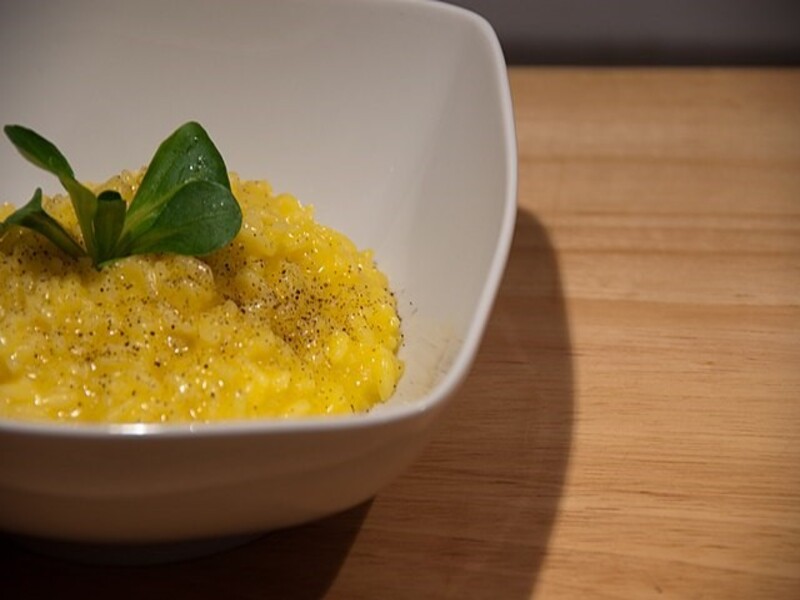
4. Gastronomy and lifestyle
Milan’s culinary scene is one of the more variegated in Italy, from traditional Italian dishes like risotto alla Milanese to delicacies from all over the world and from delicious street food to innovative Michelin-starred restaurants. In Milan you can find options for all budgets and preferences. Additionally, the city’s vibrant social life, with its cafes, concerts, and events, offers a well-rounded experience that balances professional development with personal enjoyment.
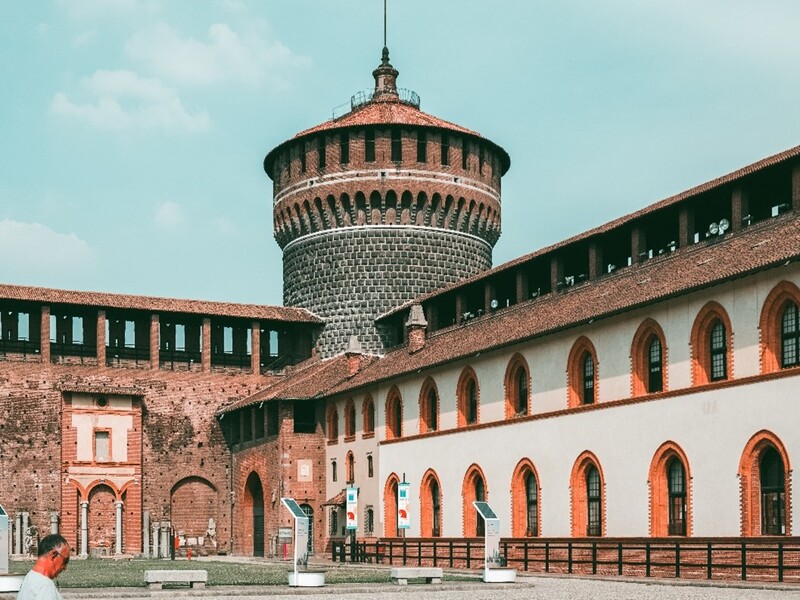
5. An incredible mix of architecture
Milan’s architecture is a tapestry of styles reflecting its rich history. While the iconic Duomo is a standout, the city’s architectural diversity is equally impressive. Milan’s roots trace back to Roman times but it also embraces modernity with landmarks like the Pirelli tower and the UniCredit tower. Among the most striking contemporary structures is the Bosco verticale, or Vertical forest, a luxury apartment complex adorned with over 15,000 plants designed to enhance urban biodiversity. Nearby, the Biblioteca degli alberi offers a unique park and botanical garden experience, showcasing innovative landscape design.
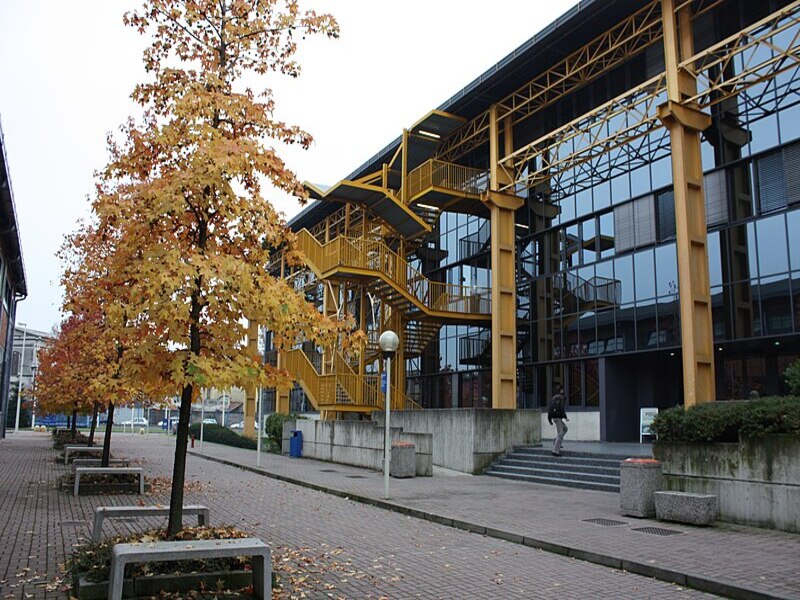
6. Universities and academic environment
Milan is well known for its academic excellence thanks to its prestigious universities and institutions that attract top talent from around the world. Some of the main institutions are the University of Milan with numerous Nobel laureates among its alumni and faculty, the Politecnico di Milano one of the leading technical universities in Europe and the Bocconi university which is one of Europe’s top business schools. These institutions, along with other universities and research centers in Milan, create a vibrant intellectual and cultural environment that fosters innovation, collaboration, and exchange of ideas.
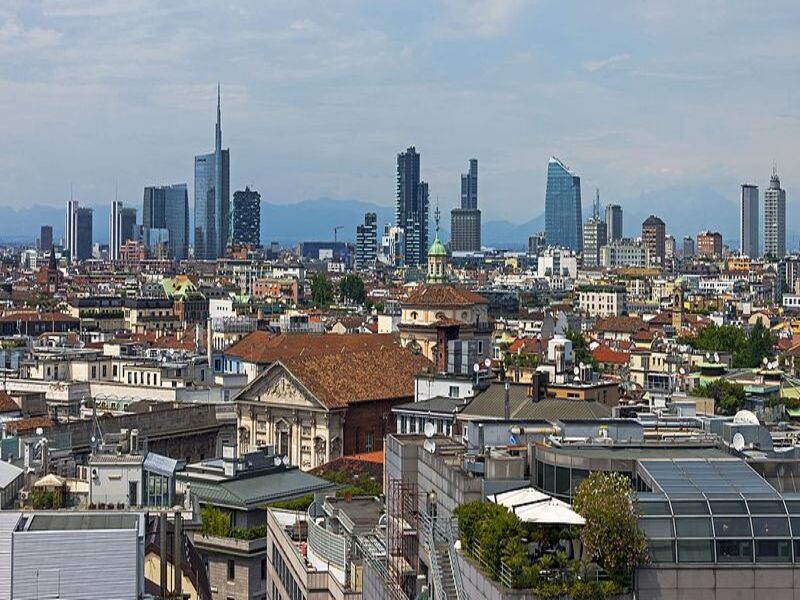
7. Finances and innovation
Milan is Italy’s financial capital, housing the headquarters of major banks, financial institutions, and multinational corporations. Its thriving business environment fosters innovation and entrepreneurship, contributing to economic growth and development. It is no wonder then that Milan has a burgeoning startup ecosystem, with initiatives like the Milan digital district fostering innovation and entrepreneurship. The city is home to numerous tech startups and accelerators, attracting talent and investment from around the world.
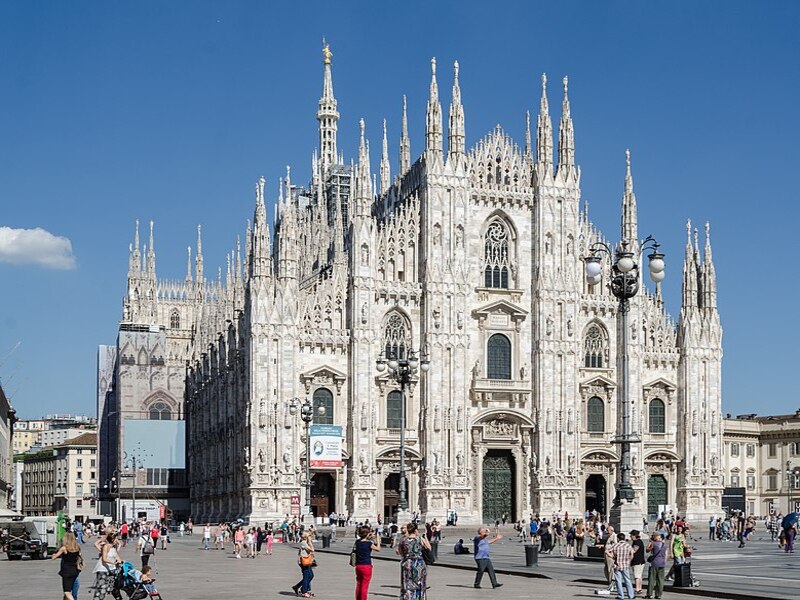
8. The Duomo and the Madonnina
The Duomo di Milano is an imposing structure that dominates the city’s skyline with its massive size and central location. Despite being classified as a gothic cathedral, its construction spanned centuries, resulting in a unique blend of architectural styles and ongoing renovation efforts. Exploring the art, architecture, and history of the cathedral is a captivating experience, requiring ample time to appreciate its intricacies. The Madonnina is a significant symbol perched atop the main spire of the cathedral, this golden statue stands at approximately 4.16 meters tall and is adorned with intricate details, including a gilded copper finish.
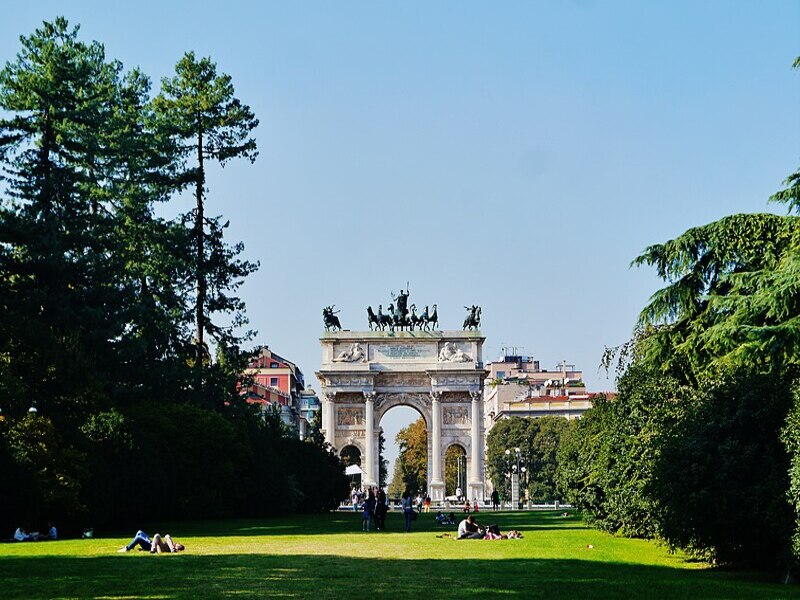
9. Relax in one of the parks of the city
Milan has many large pleasant parks where visitors can enjoy going for a run or a long walk. The most famous is Parco Sempione, this large park is right in the centre of Milan, and it unites the Castello Sforzesco with the Arco della Pace. The park is perfect for a relaxing stroll near small lakes, flower beds and green areas where you can lay down and relax. Another notable example is the 640 hectares-park in Parco Nord, and BAM – the Library of trees at the foot of the Bosco verticale. Numerous smaller-scale gardens entice their visitors with natural elegance.
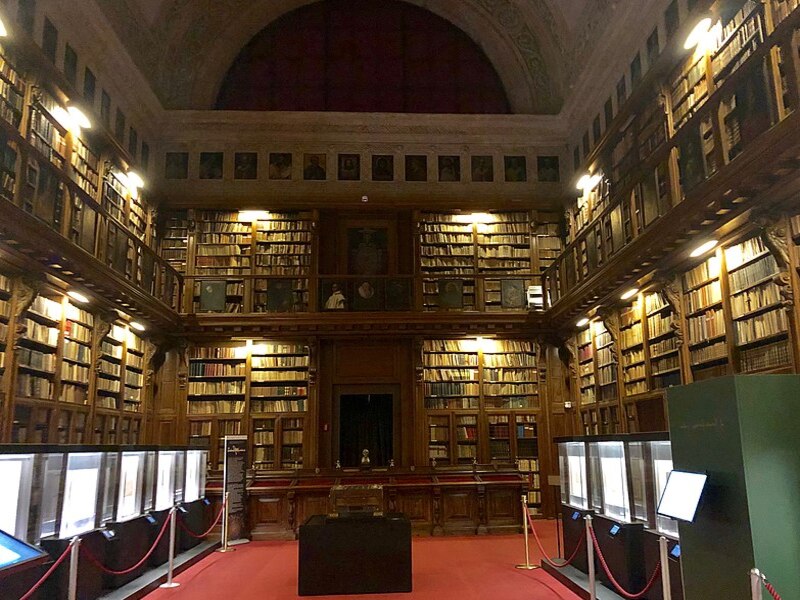
10. Libraries and literature
Milan is the background of part of the “Promessi Sposi” a classic Italian novel written by Alessandro Manzoni set in 17th-century Lombardy, offering rich descriptions of Milan and its surroundings during that period. It’s a fundamental piece of Italian literature and is still studied in all Italian schools. Milan is connected to literature also by the many libraries scattered around the city. For example, the Biblioteca Ambrosiana (founded in 1607) houses an extensive collection of manuscripts and books. It also features the Pinacoteca Ambrosiana, an art gallery with works by Leonardo da Vinci and Caravaggio.